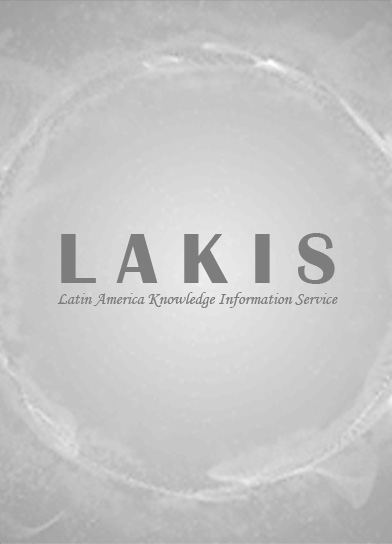A Diplomatic history of Europe since the Congress of Vienna
Preface
1/The search for equilibrium, 1815-70
c1. Introduction: Europe in 1815. Diplomacy & the relations among states. The settlement of Vienna. The forces of the future
c2. The restoration period: The concert of Europe. The revolutions of 1830. Mediterranean problems. Extra-European developments
c3. The mid-century crisis: Europe in mid-century. The revolutions in France, Italy & Austria. The revolution in the Germanies. The balance sheet of 1848
c4. Successes of nationalism: The Eastern question. The unification of Italy. Some secondary issues. Europe & the making of Germany
2/The era of stability, 1871-1914
c5. The period as a whole: Some general characteristics of the period. The individual powers and their problems. The sources of information
c6. The Bismarckian period, 1871-90: The first Dreikaiserbund & the recovery of France. The Near Eastern question, 1875-78. Bismarck's new system of alliances, 1879-82. Beginnings of the new imperialism. The end of the Bismarckian system
c7. The realignment of power, 1890-1904: The Franco-Russian alliance. Imperial rivalries & the isolation of Britain. Fashoda: the Anglo-French showdown. Britain reconsiders isolation. Emergence of a new alignment of power
c8. The road to war, 1904-14: Germany & the Anglo-French entente. The Triple Entente. The Bosnian annexation crisis. The 2nd Moroccan Crisis & its aftermath. The Near Eastern question again
3/The 20th-century transition
c9. Introduction: The 20th-century world: The realignment of power. The underlying forces of change
c10. The First World War & the ensuing settlements: The July crisis. The diplomacy of the war. The diplomacy of the peace. Europe & the world in 1920
c11. The false recovery & the era of illusions, 1920-30: The end of the wartime alliance or the Anglo-French duel. The search for stability. The seeming triumph of collective security
c12. The return to reality, 1930-36: The political importance of economics. Europe & Nazi Germany. The end of the Versailles system
c13. Preparations for war, 1936-39: The realignment of power. The year 1938: Germany begins to move. The end of the "long armistice"
c14. The 2nd World War & its immediate aftermath, 1939-47: The European war. The war becomes worldwide. The diplomacy of the war. Between war & peace
c15. The Cold War: The hardening of rival positions. The tentative relaxation of uneasy coexistence
Bibliography
Index of Names
Index of Subjects
Overall a decent source of information about diplomatic activity in Europe following the time of Napoleon. Where this book really excels, though, is in tracing the causes of both World Wars. Indeed, while most histories link the causation of WWII to the "settlement" of WWI, this book goes further back, and sees in the causes of WWI some of the same factors that caused WWII. Another thing this book does well is avoid the potentially sensational history of European political personalities. Instead, it is well-grounded in explaining each country's actions through the perspective of national interest, whether or not that interest (or the actions taken to fulfill it) were miscalculated.
However, the constant recitation of events, names, dates, and treaties can be dull and even somewhat confusing. Additionally, Albrecht-Carre has a few writing quirks that can be distracting.



